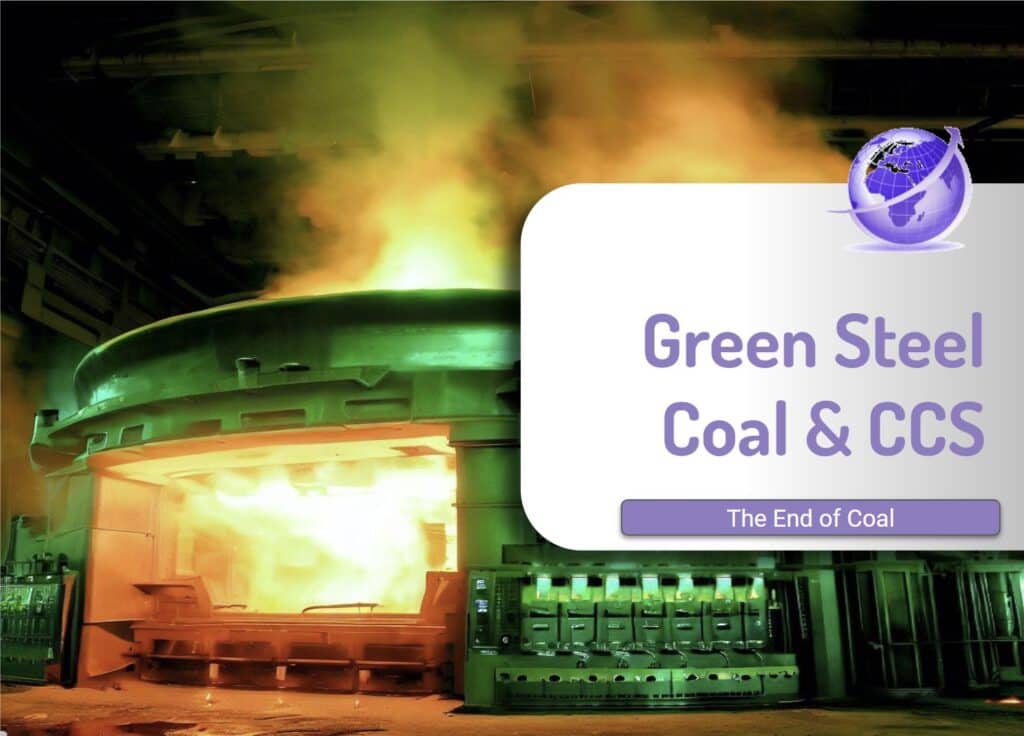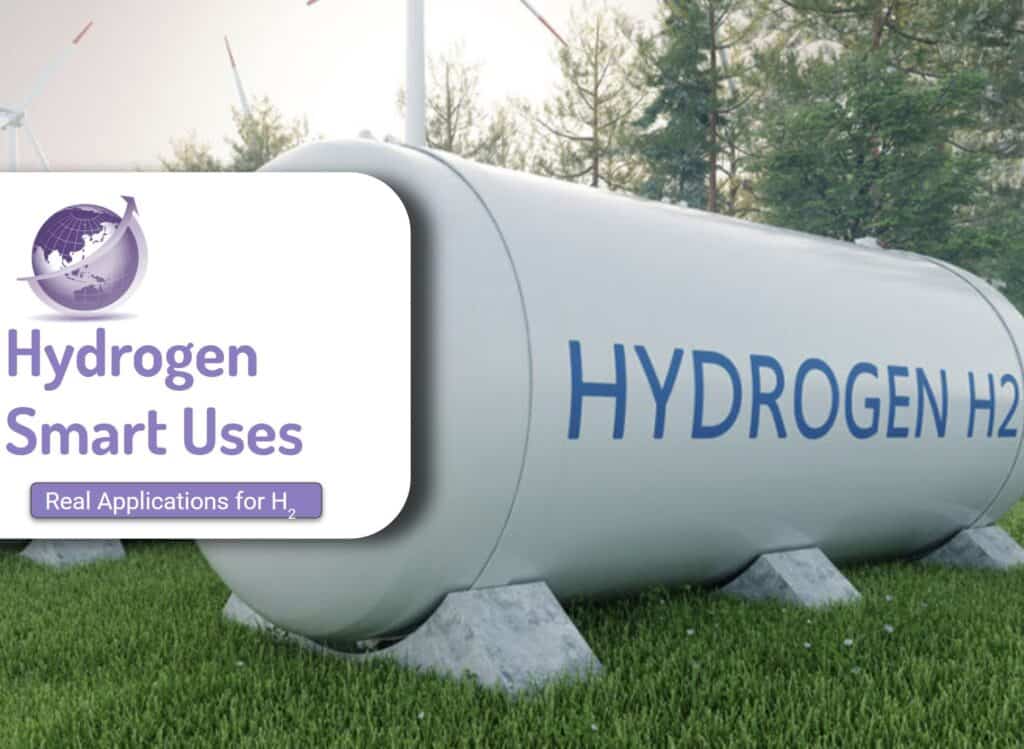Carbon capture usage and storage (CCS, or CCSU) will not play a big role in steel decarbonisation. Agora Industry reports in their 15 insights for green steel that green steel with carbon capture is unlikely to be sustainable. Their report projects coal-consuming blast furnaces with added CCS will not play a major role in global steel decarbonisation. Furthermore, they say a phase-out of coal in the steel sector is technically feasible by the early 2040s.
Read more about Green Steel in this article and how carbon capture promises much, and delivers little.
By 2040, over 90% of existing blast furnaces can be phased-out without a premature shutdown.
However, today’s investments into new coal-based steel plants will likely be tomorrow’s stranded assets.
15 Insights On the Global Steel Transformation
Green Steel with Carbon Capture Is Difficult.
Successful CCS for steel is even less likely than in other sectors. An integrated, blast furnace-based steel plant emits carbon dioxide (CO2) at multiple stages of the steelmaking process and at differing concentrations, making the retro-fitting of CCUS to such plants complicated and expensive.
Blast furnaces tend to be located close to centres of steel demand rather than near suitable underground storage sites. CO2 would need to be transported long distances to storage sites, an additional expense that further erodes the viability of CCS for steel.
BHP’s agreed last year to collaborate on the technology with Mitsubishi Heavy Industries and ArcelorMittal, including at the latter’s Ghent steelmaking plant in Belgium. ArcelorMittal has already inaugurated its “flagship” carbon capture and utilisation (CCU) demonstration plant at the Ghent plant. However, the €200m project will capture just 125,000 tonnes of carbon per year, equivalent to around 2%-3% of the total emissions from the plant if running at full capacity.
BHP has also signed up China’s HBIS in early 2023.
Existing CCS Plants Are A Scam


15 Insights from Angora
- The iron and steel sector can turn from a hard-to-abate to a fast-to-abate sector.
- The accelerated transformation of the global steel industry can be a key element to increase global climate ambition
- Material efficiency, an increase in scrap-based steelmaking, hydrogen-based steelmaking, and bioenergy carbon capture and storage (BECCS) are the 4 levers.
- A phase-out of coal in the steel sector by the early 2040s is technically feasible
- International green iron trade can lower the cost of the global steel transformation
- International green iron trade can be a win–win for importers and exporters.
- Direct reduced iron (DRI) plant engineering and construction capacities are currently a major bottleneck.
- CCS on the BF-BOF (blast furnace–basic oxygen furnace) route will not play an important role in the global steel transformation
- By 2040, over 90% of existing blast furnaces can be phased-out without a premature shutdown
- The current 2030 pipeline of unabated coal-based blast furnaces in emerging economies is facing a large carbon lock-in and stranded asset risk
- Green H2 needs to be used. H2 supply will likely not be a major bottleneck for the global steel transformation
- The availability of DR-grade pellets is a major potential bottleneck for the global steel transformation. Solutions exist.
- The bottlenecks for a 1.5°C compatible steel transformation pathway need action from governments and industry
- Achieving a net-zero steel sector will require governments to adopt a comprehensive policy framework that addresses the entire value chain. International coordination and cooperation will be key in this regard









